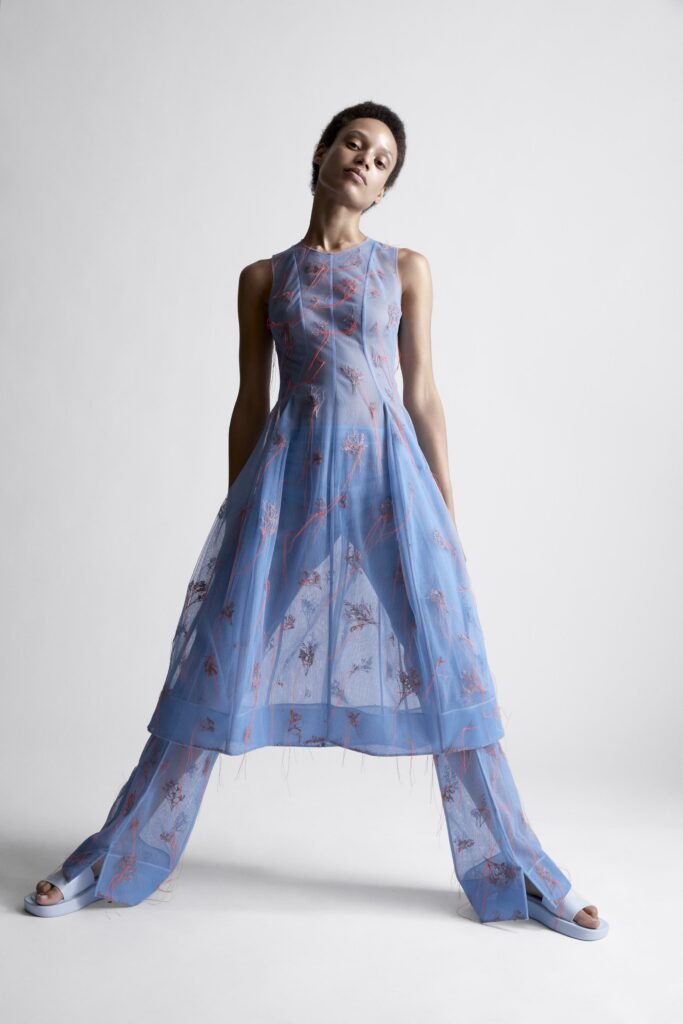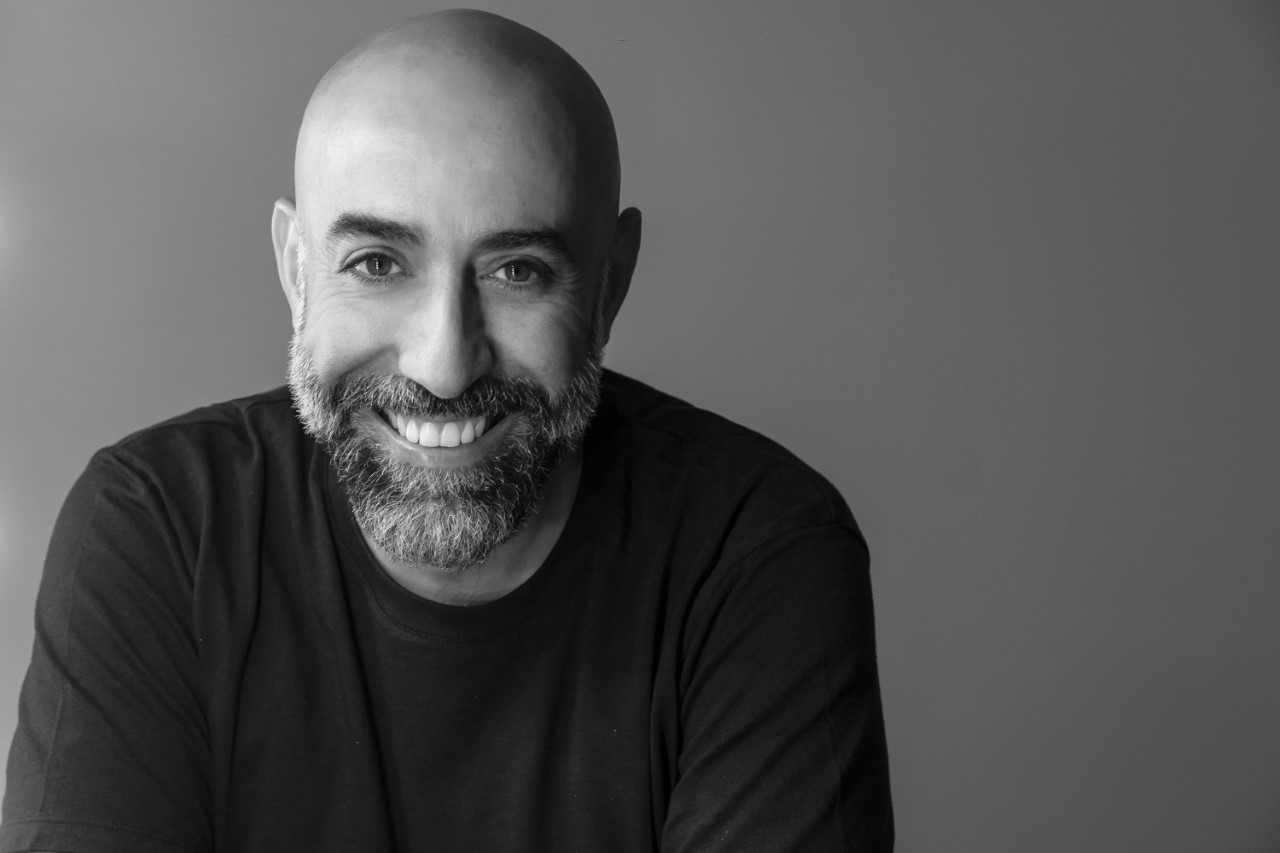The Coupé of Couture: Rabih Kayrouz explains how movement informs his designs
Haute couturier Rabih Kayrouz presents his designs at SF Ballet Auxiliary’s Fashion Show, March 30

San Francisco Ballet’s 2022 Auxiliary Fashion Show on March 30 presents French-Lebanese designer Rabih Kayrouz in his San Francisco debut. Kayrouz is not only one of sixteen members of the Chambre Syndicale de la Haute Couture—the Parisian protected class of Haute Couture—but also a balletomane, who frequently collaborates with Paris Opera Ballet. We spoke with Mr. Kayrouz about his designs, which on March 30 include selections from the Fall/Winter 21–22 couture collection.
What were your first thoughts when San Francisco Ballet asked you to collaborate on this program?
I loved the idea. I love both contemporary and classical ballet, and to be able to contribute is an honor. And in the past when I’ve presented fashion shows, I’ve incorporated ballet dancers, like prima ballerina Marie Agnes Gillot. It’s something that I have experience doing and that I love because I work so much, when designing, on the movement. I don’t do static clothes. When I design clothes, I think: we have to live in it, we have to move in it.
So were you familiar with San Francisco Ballet before being asked to be involved?
No, actually. It’s a new company for me. But I’ll be happy to meet and discover the company.
How have the performing arts influenced your design aesthetic?
It’s really the movement that inspires me. People walking in the street, people dancing . . . all the gestures, all the body movements are inspiring for me. What we call “body language” is important to me.
What are some of the hallmarks of your couture and ready-to-wear collections?
Well, and not just because I’m talking about ballet, but it’s really the movement that leads me in all my designs. The movement, the attitude. Without talking about a theme or some specific inspiration for me, I’m generally inspired by [the person’s] movement. Through all my collections, I try to compose or to build the perfect wardrobe for this person I have in my mind. She’s a strong lady, who likes to play, whose presentation, whose attitude, is simple. She’s not trying to do anything or prove anything. That’s the attitude I love.
Then, every season, I experiment maybe with colors with a different mood. Certain colors are more festive than others. I love bold colors. I don’t like the colors that try to be something. And I don’t like decor. So whatever I do, even if it’s embroidery, has to make sense. It has to have a reason in the construction of the piece I’m creating.
So thinking ahead to the collection that we’ll see at the fashion show, What can viewers expect?
I play a lot in my couture pieces on my constructions, so all my couture pieces have no fabrics. All of my couture pieces, not only now but the last collections, are based on playing with ribbons and grosgrain, basically ribbons and wrappings. Wrapping them, or handling them together with very delicate stitches.
Why do you think that the Bay Area is a good fit for your designs?
You know, I’m not at all a marketing person. So when I design I don’t think “commercial.” I don’t think “strategy.” I think “woman.” I’m lucky to do that in my business, to reach out to many different people all around the world. And to experience different cultures, different attitudes, different places. It turns out that most of the time, I’m attracted, and my clothes attract this amazing person who . . . has the attitude of someone who’s strong and powerful, yet feminine and delicate.








